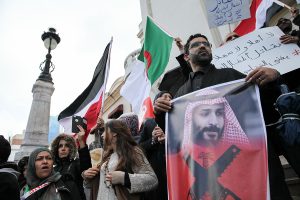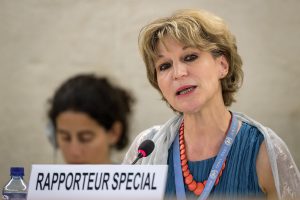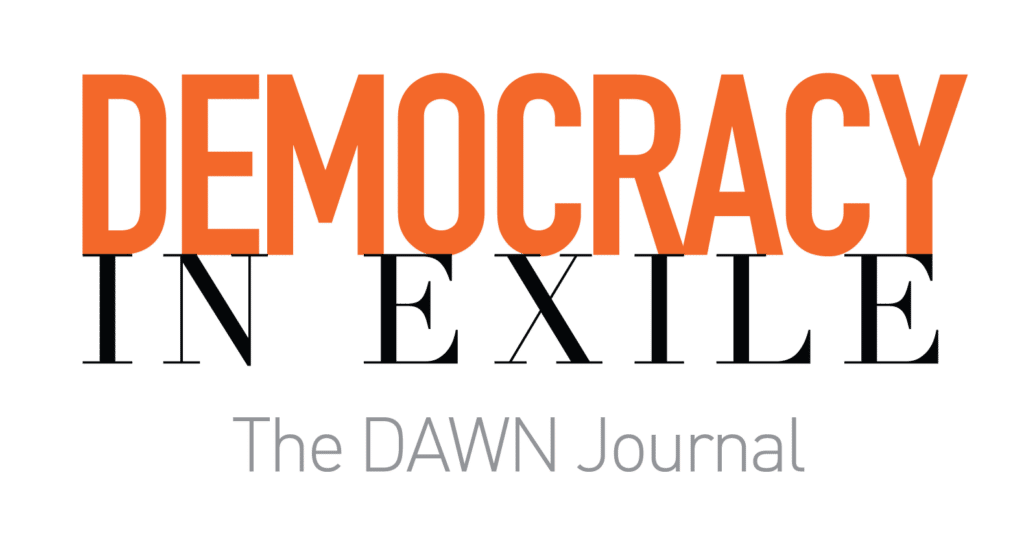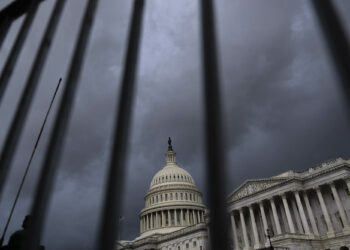Jordan Elgrably is a Franco-American writer and translator of Moroccan heritage whose stories and creative nonfiction have appeared in numerous anthologies and reviews, including Apulée, Salmagundiand The Paris Review. He is the editor-in-chief and founder of The Markaz Review.
The center of the world, where recorded civilization got its start over 7,000 years ago, can be found in southwestern Asia, in ancient Mesopotamia. It can be found in The Epic of Gilgamesh, in the Torah and the Talmud, in The Odyssey and The Iliad of Homer; in Zoroastrianism, which predated the Quran by over 2,000 years; in A Thousand and One Nights and in the literature of 20th-century poets and writers, among them Khalil Gibran and Naguib Mahfouz, Hanan Al-Shaykh, Ahdaf Souief, Nizar Qabbani, Ghassan Kanafani, Mahmood Darwish, Forugh Farrokhzad, Amin Maalouf, Edward Said, Hisham Matar, Assia Djebar, Kateb Yacine and too many more to name.
Eventually nationalism took root, as it did in Europe, and the ancient civilizations became identified as Iran, Iraq, Syria, Egypt and the many other countries, small and large, that stretch from the Mashriq to the Maghreb—from Pakistan and Afghanistan in the east to Morocco in the west.
But in 1902, American naval historian and retired admiral Alfred Thayer Mahan expressed a hegemonic vision of the world in a paper he published in the National Review. In "The Persian Gulf and International Relations," Mahan described the western Asian region from the Gulf to the Mediterranean as "the Middle East," suggesting that whichever navy controlled that part of the world would hold the key to world domination. After World War I, Europeans jumped into the fray with the secret Sykes-Picot Agreement, which divvied up the region after the fall of the Ottoman Empire, with several countries coming under British or French influence. The domino effect of outsiders meddling in the affairs of west Asian nations led to the Balfour Declaration, the San Remo Conference, the partition of Palestine, the creation of Trans-Jordan (a British protectorate for 25 years), the division of Greater Syria into Syria and Lebanon, then the end of Palestine and the establishment of Israel . . . right up to the year 1953, when the CIA with the machinations of MI6, succeeded in fomenting the overthrow of Iran's democratically elected leader, Mohammad Mossadegh, which would lead to the anti-Shah uprising 26 years later that became known as the Iranian or Islamic Revolution.
All of this to say that the "Middle East" or the "Near East" are akin to exonyms, terms used by outsiders to define others as they often do not define themselves; they are convenient catch phrases that continue to cause consternation today among those of us who are from the center of the world. Lebanese poet and translator Huda Fakhreddine calls the "Middle East" a trap—"a made-up thing, a construct of history and treacherous geography, the Middle East as an American trope, a stage for identity politics."
The "Middle East" or the "Near East" are akin to exonyms, terms used by outsiders to define others as they often do not define themselves.
- Jordan Elgrably
To be sure, neither Rear Admiral Mahan nor Lord Balfour, much less Mark Sykes, François Georges-Picot, or any of the other many thousands of Western politicians, secret agents, generals, businessmen and other meddlers have ever given much thought or exhibited empathy when it comes to what it means to be Iraqi or Syrian or Iranian or Egyptian, or Palestinian. Geopolitics has been capitalism's overlord and nationalism's emperor, serving agendas that have little to do with the needs of real people.
It is a given that governments prefer borders and passports, shored up by flags and patriotism, while people will always find a way to relate to one another, in spite of their nationalities. Personally, I prefer the metaphor of the mosaic or the salad when it comes to parsing identity: just as it takes several colors to create a mosaic, and a salad contains diverse ingredients, we are all the sum of multiple parts, and each of us is much more than our national identity card.
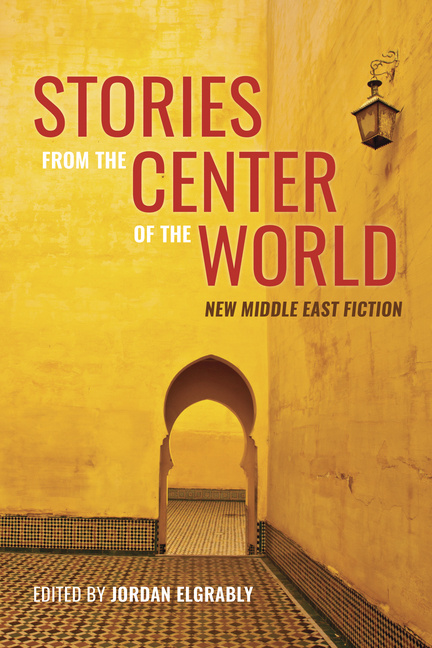
I became closer to my own North African roots as a result of living in Spain in the lead-up to the 1992 Quincentennial of Christopher Columbus's arrival in America, when there was a lot of talk about the Spanish Muslims and Jews who were effectively exiled as a result of the Inquisition in 1492. They left a powerful imprint on the soul of the country, as Marie Rosa Menocal so elegantly describes in her classic work, The Ornament of the World: How Muslims, Jews, and Christians Created a Culture of Tolerance in Medieval Spain (2002). But the convivencia that Menocal described was not merely a period of Spanish history; this cultural entente was innate to southwest Asian societies, which had long been comprised of a mix of religious, cultural and ethnic communities. In the aftermath of the post-World War II reconfiguration, the Nakba, the Islamic Revolution and the Iraq War, however, the region has lost much of its organic diversity, and current economic strife and climate devastation continue what Western meddlers started over a hundred years ago.
Not all is doom and gloom when it comes to the center of the world today, however, because despite the failures of the Green Movement, the Arab Spring and the Syrian civil war, "what has not changed is West Asia's geopolitical centrality," as Chas Freeman has written. "It is where Africa, Asia, and Europe and the routes that connect them meet. The region's cultures cast a deep shadow across northern Africa, Central, South and Southeast Asia, and the Mediterranean. It is the epicenter of Judaism, Christianity and Islam, the three 'Abrahamic religions' that together shape the faiths and moral standards of over three-fifths of humankind. This gives the region global reach."
This is the time for the original voices of people from the region to be heard—for Arabs, Iranians, Kurds, Middle Eastern Jews, Armenians, Turks, Afghans, Pakistanis, the Amazigh and Kabyl peoples, Druze, Assyrians, Copts, Yezidis et alia to speak up, and speak out.
The natural condition of all writers, I would argue, is to be both within and from the world of which we write, and yet hovering at its edge, almost as if we don't quite belong.
- Jordan Elgrably
The collection of 25 short stories published in Stories From the Center of the World were selected from The Markaz Review, an online journal of culture and the arts that seeks to transcend boundaries and highlight connections throughout the global Arab/Muslim world, elevating a cultural voice that is often misrepresented and misunderstood. This selection of new fiction features authors with roots in Egypt, Greece, Iran, Jordan, Kuwait, Lebanon, Libya, Palestine, Morocco, Pakistan and Sudan. The stories are divided into three sections, loosely themed around immigration, love and family, and death and immortality. Many of the writers live outside the countries where they were born and often write about. As a result, I think of them as exquisite insider-outsiders—the natural condition of all writers, I would argue, is to be both within and from the world of which we write, and yet hovering at its edge, almost as if we don't quite belong.
Taken together, their stories represent an orchestra, playing a complex collective composition that radiates out from the center of the world. Clearly, we all have a lot of work to do to agree on our common dignity and humanity, and with a deeper understanding of our center, we can better move forward as one.
Editor's note: This essay is adapted from Stories from the Center of the World: New Middle East Fiction, edited by Jordan Elgrably, which was recently published by City Lights Books.









